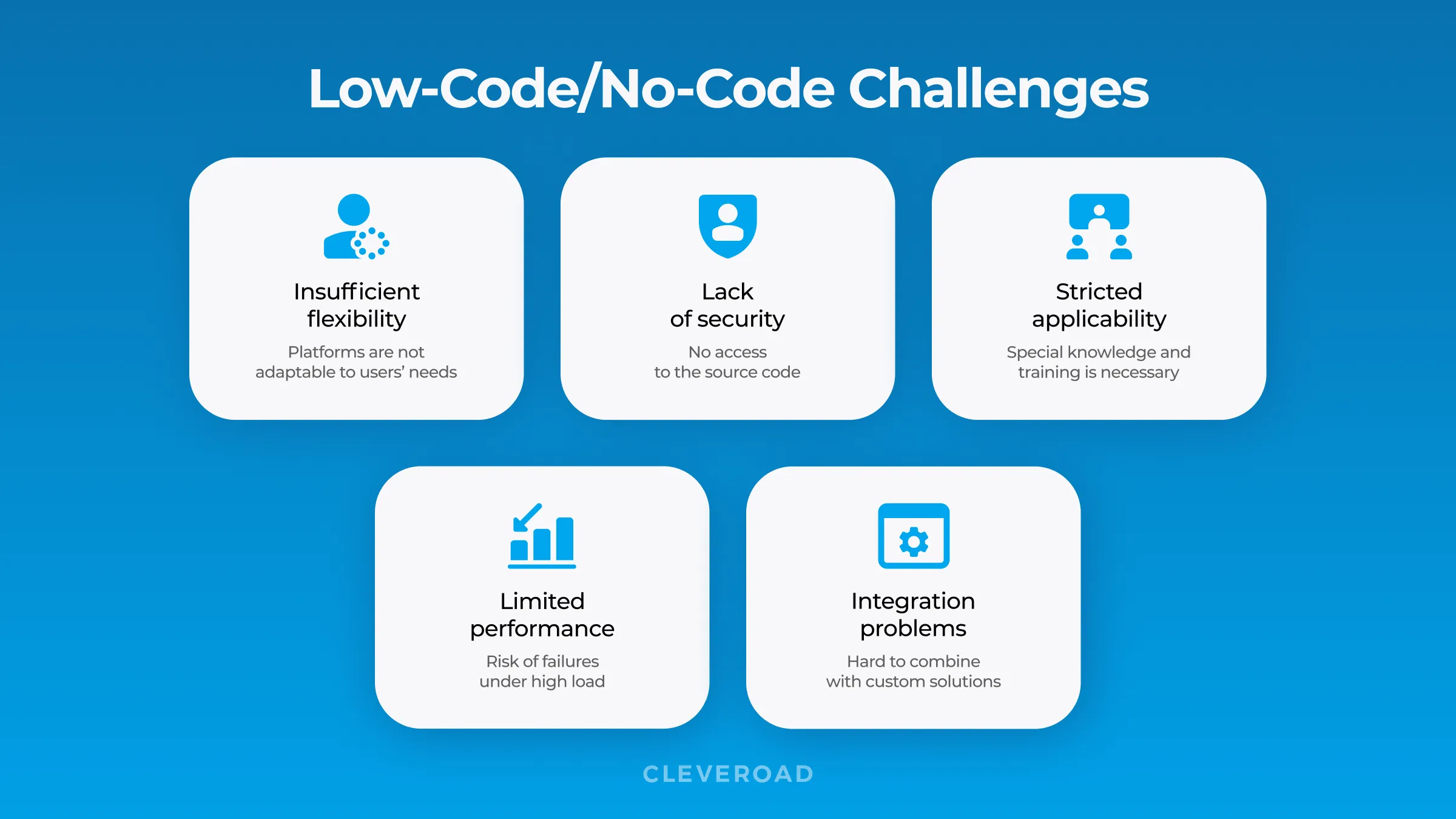How Low-Code/No-Code Platforms Empower Everyday Developers
 Bridge Group Solutions
Bridge Group Solutions
In today’s fast-paced digital landscape, the demand for software development has never been higher. Organizations of all sizes are under constant pressure to innovate quickly, streamline operations, and enhance customer experiences. While traditional development teams are crucial for building complex applications, a growing trend is empowering non-technical individuals—often referred to as "citizen developers"—to build their own solutions.
This has been made possible by the rise of low-code and no-code platforms, which are transforming the way software is created, and they’re doing so with an emphasis on accessibility, simplicity, and speed.
What Are Low-Code and No-Code Platforms?
Low-Code Platforms: Significantly reduce the amount of custom code required. Users can still build sophisticated applications by using pre-built elements and templates while having the option to write code for more complex features.
No-Code Platforms: Designed for complete non-developers. They offer a completely visual interface where users can create applications by dragging and dropping components, such as forms, buttons, or databases, without ever writing a line of code.
Empowering Citizen Developers
Traditionally, building software has been the domain of skilled developers with expertise in programming languages, frameworks, and development tools. However, as organizations face increasing demands for faster software development and more innovation, the need for democratizing application creation has emerged. Enter citizen developers—non-technical individuals within a company who can leverage low-code/no-code tools to build applications tailored to their needs.
Bridging the Skill Gap
One of the main benefits of low-code/no-code platforms is their ability to bridge the gap between business users and IT teams. While developers focus on complex and enterprise-grade applications, citizen developers can address immediate business needs without needing a deep understanding of programming. This allows for quicker prototyping, faster problem-solving, and more innovation from across the organization.
For example, a marketing professional could create a dashboard that tracks campaign performance without needing to involve the development team. Similarly, a supply chain manager could design an inventory management tool tailored to their processes, streamlining operations.
Speed and Efficiency
In an era of rapid technological advancements, organizations need to move quickly to stay competitive. Low-code and no-code platforms allow businesses to accelerate their software development cycles by enabling non-technical employees to create functional prototypes, pilot projects, and even full-scale applications with speed and agility.
In a traditional development process, even small changes or updates to applications may require weeks or months of development time. With low-code/no-code platforms, these changes can be made in a fraction of the time, often without any interruption to business operations.
Reducing IT Backlog
For many organizations, IT departments are overwhelmed with a growing backlog of development requests. Citizen developers can create apps to automate repetitive tasks, improve workflows, and integrate systems, all without waiting for IT resources. This helps free up the development team to focus on more complex, high-priority projects.
Cost-Effective Innovation
Hiring external developers or investing in large-scale enterprise solutions can be costly. These platforms reduce the need for specialized developers and IT consultants, making it easier for businesses to innovate affordably.

Overcoming Challenges and Pitfalls
While the benefits of low-code/no-code platforms are clear, there are some challenges and considerations to keep in mind:
Governance and Security Risks
When citizen developers create their own applications, there is the risk of inconsistent practices or poorly constructed solutions that could introduce security vulnerabilities or compliance issues. For this reason, it's critical for organizations to establish governance frameworks to ensure that applications are developed with security and compliance in mind.
Organizations should provide training, set clear guidelines, and have IT oversight to ensure that applications meet internal standards and security protocols.
Limited Customization
Low-code and no-code solutions may fall short when highly specific or complex functionality is required. There may be limitations in terms of scalability, integration, or advanced customization, which means that businesses will still need to rely on skilled developers for certain projects.
Conclusion: The Future of Software Development
Low-code and no-code platforms are enabling a new generation of citizen developers to create applications that drive business growth and innovation. While there are challenges to consider, such as governance, security, and sustainability, these can be addressed with the right processes, oversight, and training.
These platforms are playing an increasingly prominent role in the digital transformation of organizations across industries.
In the end, low-code and no-code platforms are not just a tool—they represent a shift in how organizations think about software development, where everyone, regardless of technical expertise, can shape the digital future of their business.
Subscribe to my newsletter
Read articles from Bridge Group Solutions directly inside your inbox. Subscribe to the newsletter, and don't miss out.
Written by

Bridge Group Solutions
Bridge Group Solutions
Bridge Group Solutions delivers expert IT outsourcing services, helping businesses accelerate software development with cutting-edge technology and skilled teams. We specialize in integrating AI-driven tools and agile workflows to boost productivity and innovation.